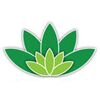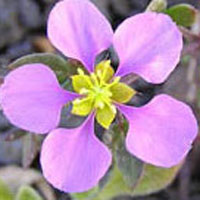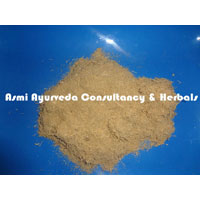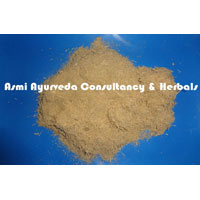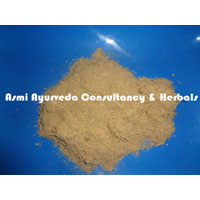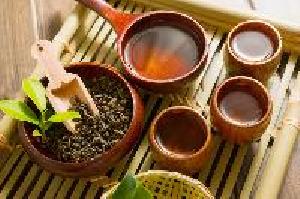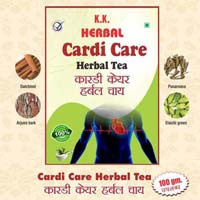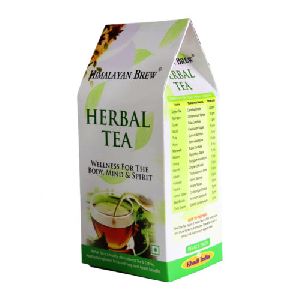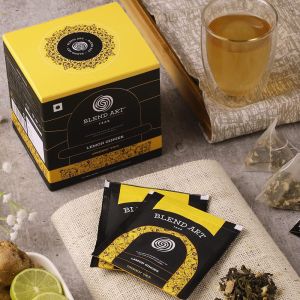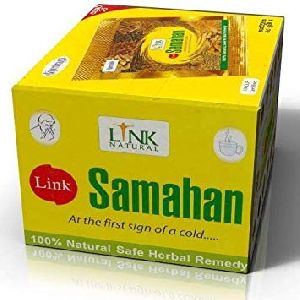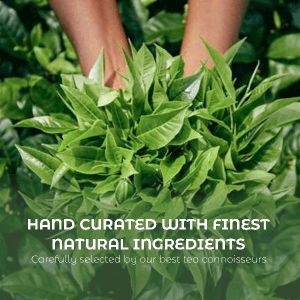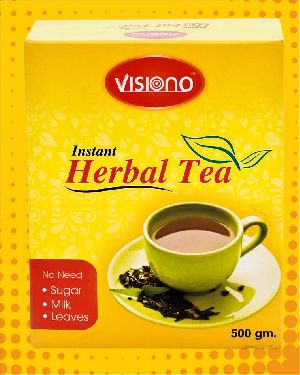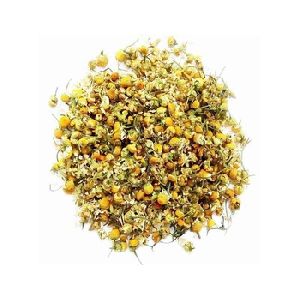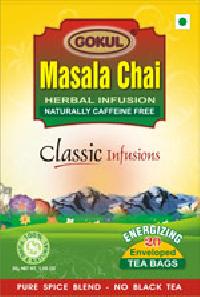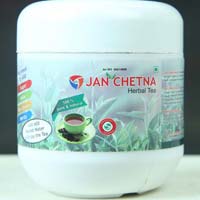Fagonia Cretica Plant that we offer is also named as Dhanvyaas. Our Fagonia Cretica Plant consists of dried whole Fagonia Cretica Linn. syn. F. arabica Linn., F. bruguieri DC. Our Fagonia Cretica Plant (Fam. Zygophyllaceae) is a small spiny under shrub with stiff, more or less prostrate branches found in north-west India and Deccan. Fagonia Cretica Plant that we offer is grown under excellent climatic conditions, and is therefore very effective. Synonyms Sanskrit : Ajabhakshya, Ananto, Atmamuli, Dhanuryasa, Dhanuryasa, Dhanvi, Duralabaha, Duralabha, Dusparsha, Gandhari, Grahini, Idankarya, Kacchura, Kashaya, Kunashaka, Marujauma, Mriduparna, Padmamukhi, Parabodhani, Paralhadni, Rodini, Samudranta, Sukshmadala, Tamramula, Ushtrabhakshya, Vikanta, Virpua, Visharada, Igraha Assamese : Bengali : Duralabha English : Khorasan thorn, Virgin's Mantle, Virgon's Mantlem Gujrati : Dhamaaso Hindi : Damahan, Dhamaasa, Hinguaa, Dhanhare, Dhanvyaas, Dhanvyas, Dramah Malayalam : Kodittuva Marathi : Dhamaasaa Punjabi : Dama, Dhamah, Dhamaha Tamil : Tulganari Telugu : Chittigava, Gilaregati Macroscopic a Root : Tap root externally brownish green, rough, with longitudinal striations, core yellowish-green; fracture, fibrous. Stem : Stem pieces 0.5 to 1.5 cm thick, of variable lengths; young green, mature brown; spiny, two pairs of spines present at each node, spines sharp, slender, 1.5 to 2 cm in length; external surface of stem green, whitish brown when dry, striated; transversely smoothened surface showing a thin bark and prominent wood, bark peeling from stem; fracture, short. Leaf : Small, subsessile, linear, oblong, leaflets entire, green or blackish brown, 0.5 to 1.5 cm in length and 0.05 to 0.1 cm in width, without any prominent midrib region projected above the level of lamina. Flower : Flowers small, pale rose or purple, pedicels slender, 6 to 12 mm long; sepals 3 to 4 mm long, ovate, aristate; petals twice as long as the sepals, spathulate, claw long; ovary hairy, style tapering. Fruit : Pentagonous schizocarp, composed of five compressed, two valved cocci. Microscopic b Root : T.S. shows outermost cork represented by 4 or 5 layers of small, narrow, tangentially elongated cells; phelloderm composed of 6 to 10 layers of somewhat tangentially elongated, thin walled parenchymatous cells, some cells having rhomboid crystals of calcium oxalate measuring 10 to 15 in length and 8 to 10 in width; outer part of secondary phloem characterized by the presence of abundant, but small patches of 2 or 3 thick walled phloem fibres; wood composed of vessels, xylem fibres and traversed by 1 to 3 seriate medullary rays; vessels arranged in singles or doubles; fibres long, thick walled with tapering ends and measuring up to 500 in length and about 25 in width. Stem : T.S. shows more or less circular outline; single layered epidermis with thick cuticle; unicellular trichomes occasionally present; cortex consisting of 7 to 10 layers of parenchymatous cells showing large patches of fibres; sclereids with narrow lumen occurring singly or in groups in the cortex, measuring up to 50 in diameter. Several cortical cells contain tannins; secondary phloem consisting of thin walled cells; vascular cambium composed of 3 to 4 layers of thin walled tangentially elongated cells; secondary xylem composed of fibres, tracheids, vessels, xylem parenchyma; fibres long, thick walled with tapering ends and measuring 260 to 950 in length and up to 20 in width; medullary rays mostly uniseriate or sometimes biseriate; pith composed of large thin walled parenchymatous cells, some cells containing tannins; rhomboid crystals measuring 18 to 30 in length and 12 to 20 in width present in cortex and pith. Leaf : Isobilateral; single layered epidermis consisting of mostly tangentially elongated cells covered with thick cuticle. In surface view both upper and lower epidermii show anomocytic type of stomata, epidermal cells polygonal in shape; 2 or 3 layered palisade cells present on both the sides, adjacent to the epidermis; vascular bundles show xylem towards lower side and phloem towards upper side; sclerenchyma tissue occur as a bundle cap just above the phloem; small lateral vascular bundles also present in lamina; vein-islet number 11 to14; stomatal index 16 to 17 on lower epidermis and 5 to 7 on upper epidermis; palisade ratio 2 or 3 on upper epidermis and 2 to 4 on lower epidermis. Powder Yellowish : White, bitter taste, showing groups of fibers, bordered pitted vessels, fragments of palisade tissue, sclereids, rhomboid crystals of calcium oxalate, cork cells, and unicellular glandular and nonglandular trichomes (both from fruit epicarp), epidermal cells (cubical, rectangular or polygonal) with slightly wavy walls and anomocytic stomata. Identity, Purity and Strength Foreign matter not more than 2 per cent Total Ash Not more than 10 per cent Acid-insoluble ash not more than 0.4 per cent Alcohol-soluble extractive Not less than 5 per cent Water-soluble extractive Not less than 10 per cent T.L.C. T.L.C. of the alcoholic extract on silica gel 'G' plates (0.2 mm thick) using chloroform: methanol: acetic acid (70:30:0.2) shows under UV (254 nm) four spots at Rf. 0.14, 0.32, 0.46 (all violet) and 0.72 (yellowish green). Under UV (366nm) six fluorescent spots appear at Rf. 0.14, 0.32 (both brown), 0.39, 0.51, 0.61 and 0.72 (all pink). On exposure to iodine vapor nine spots appear at Rf. 0.14, 0.19, 0.28, 0.35 (all yellow), 0.46 (faint orange), 0.51, 0.61 and 0.72 (all yellow). On spraying with vanillin sulphuric acid reagent and heating the plate at 110oC for 10 min. ten spots appear at Rf. 0.06 (bluish grey), 0.14 (violet), 0.19 (brown), 0.28 (violet), 0.35 (brown), 0.39 (violet), 0.46 (brown), 0.51 (violet), 0.61 (brown) and 0.72 (violet). Constituents Alkaloids (Harmine), amino acids (alanine, glycine, leucine, arginine isoleucine, lysine, phenylalanine, proline, tyrosine and valline) terpenoids of oleanane group. Properties And Action GUNA (Quality) : Laghu, Snigdh RASA (Taste) : Kashay, Tikt, Madhur, Katu VIPAK (Metabolism) : Madhur VIRYA(Potency) : Ushan PRABHAV(Impact) : Trishnanigrahan Important Formulations Kantkaryavaleha, Maha Vishgarbha Taila, Mahatiktaka Ghrita, Pancanamrta Kvath Churna, Patoladi Ghrita, Rasnadi Kvath Churna (maha), Sudarshan Churna, Ushirasava Therapeutic Uses Graha, Gulma, Jvara, Prameha, Raktapitta, Vatarakta, Visarpa, Atisra & Viamajvara
